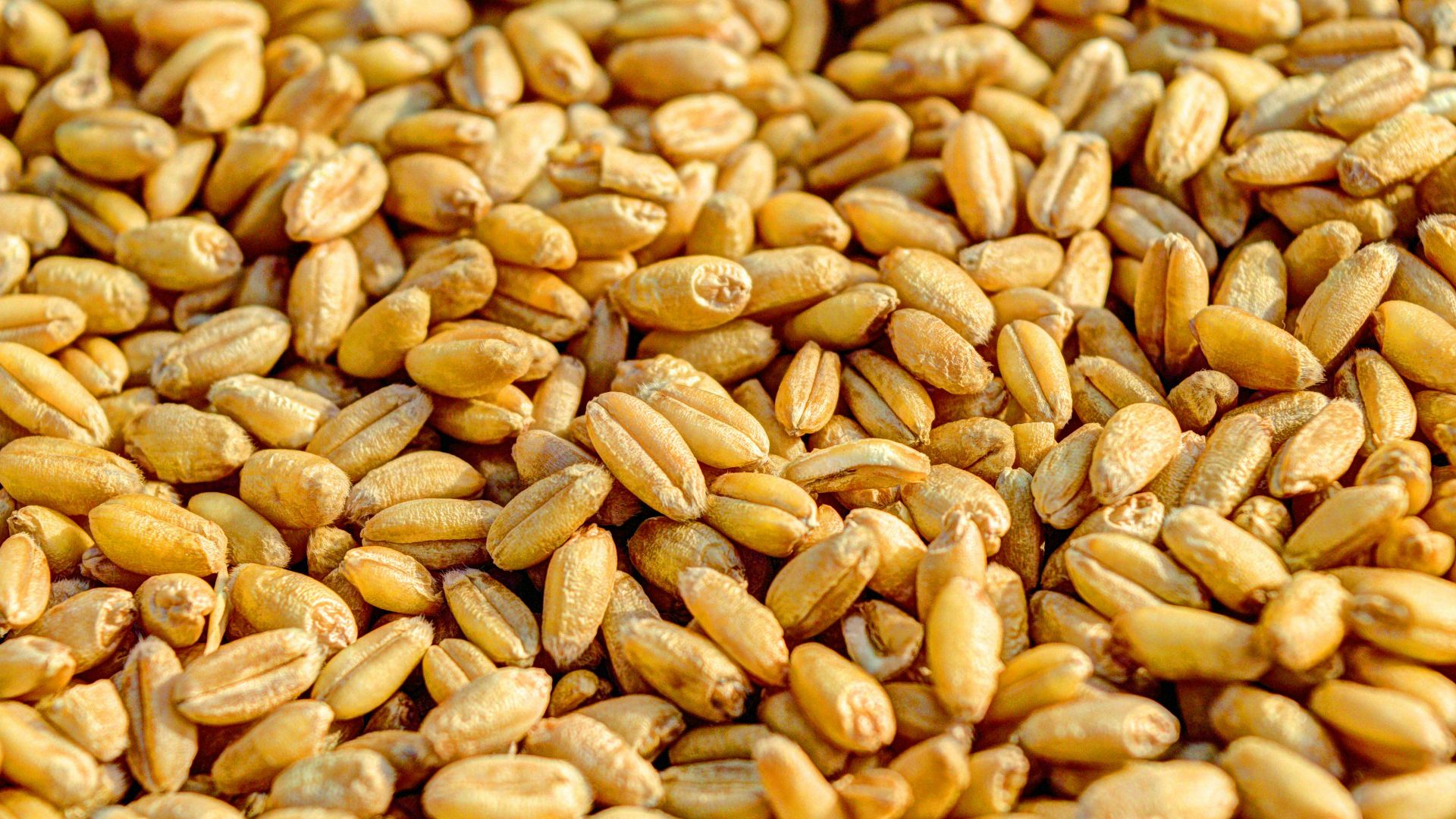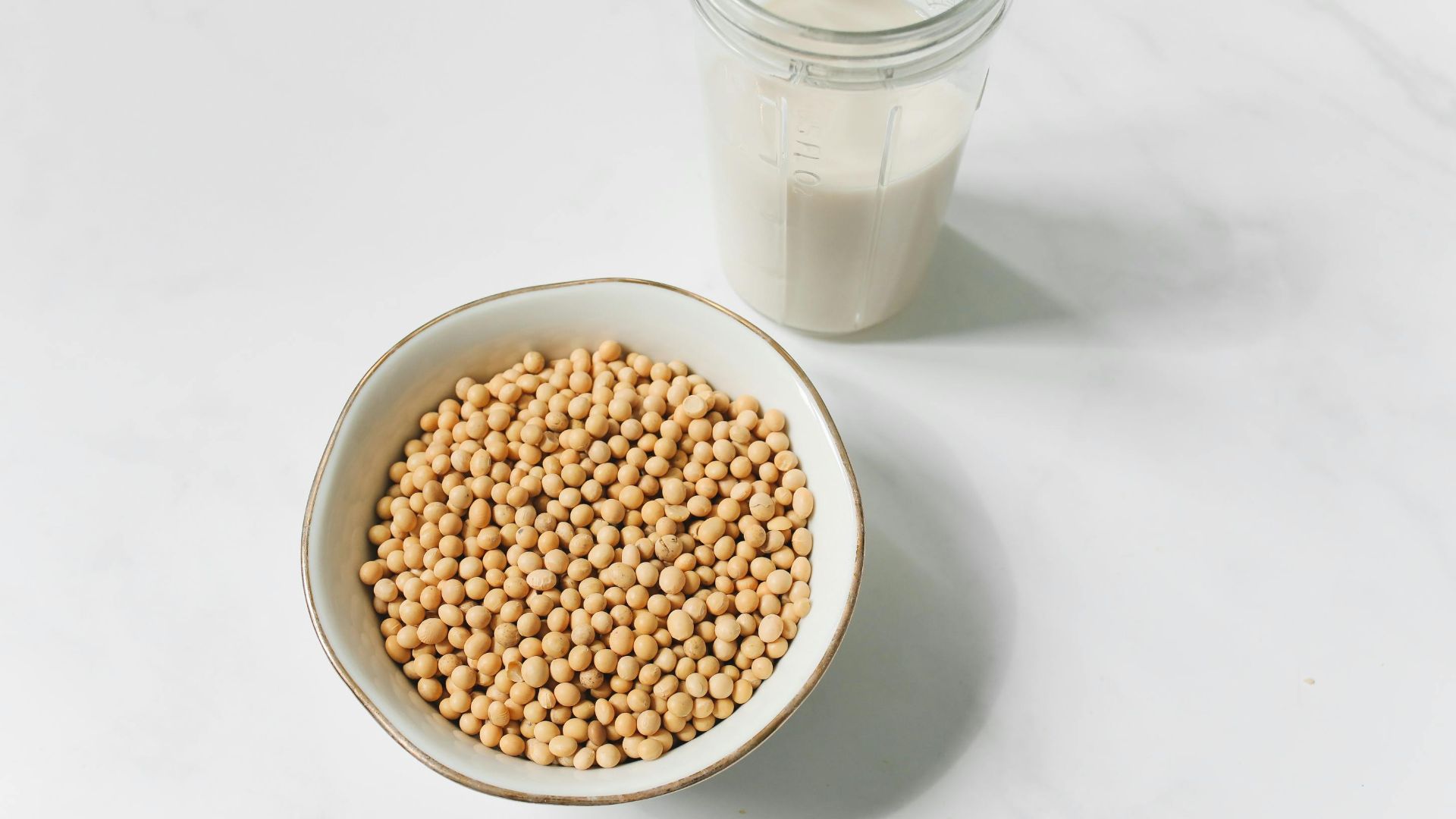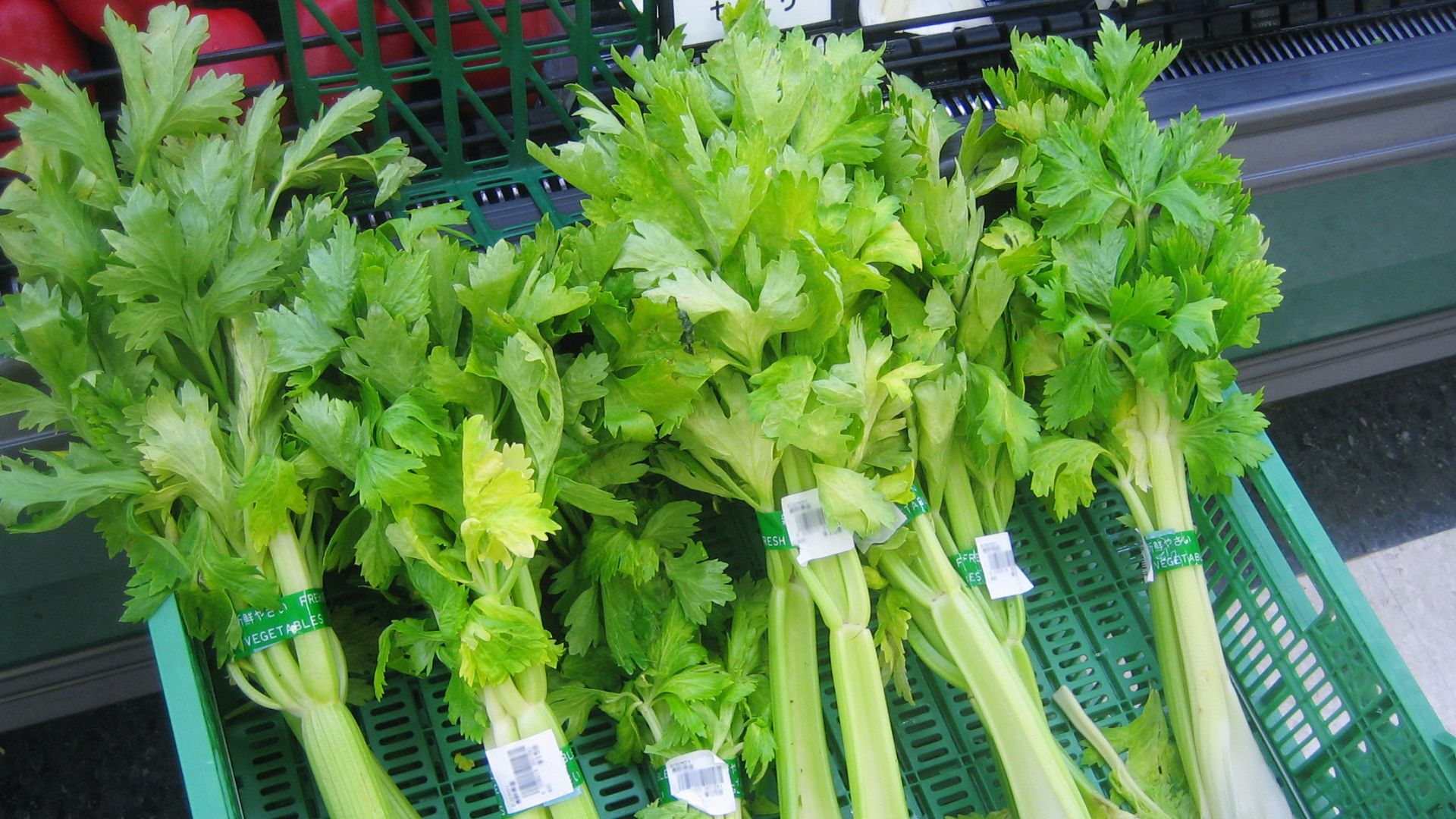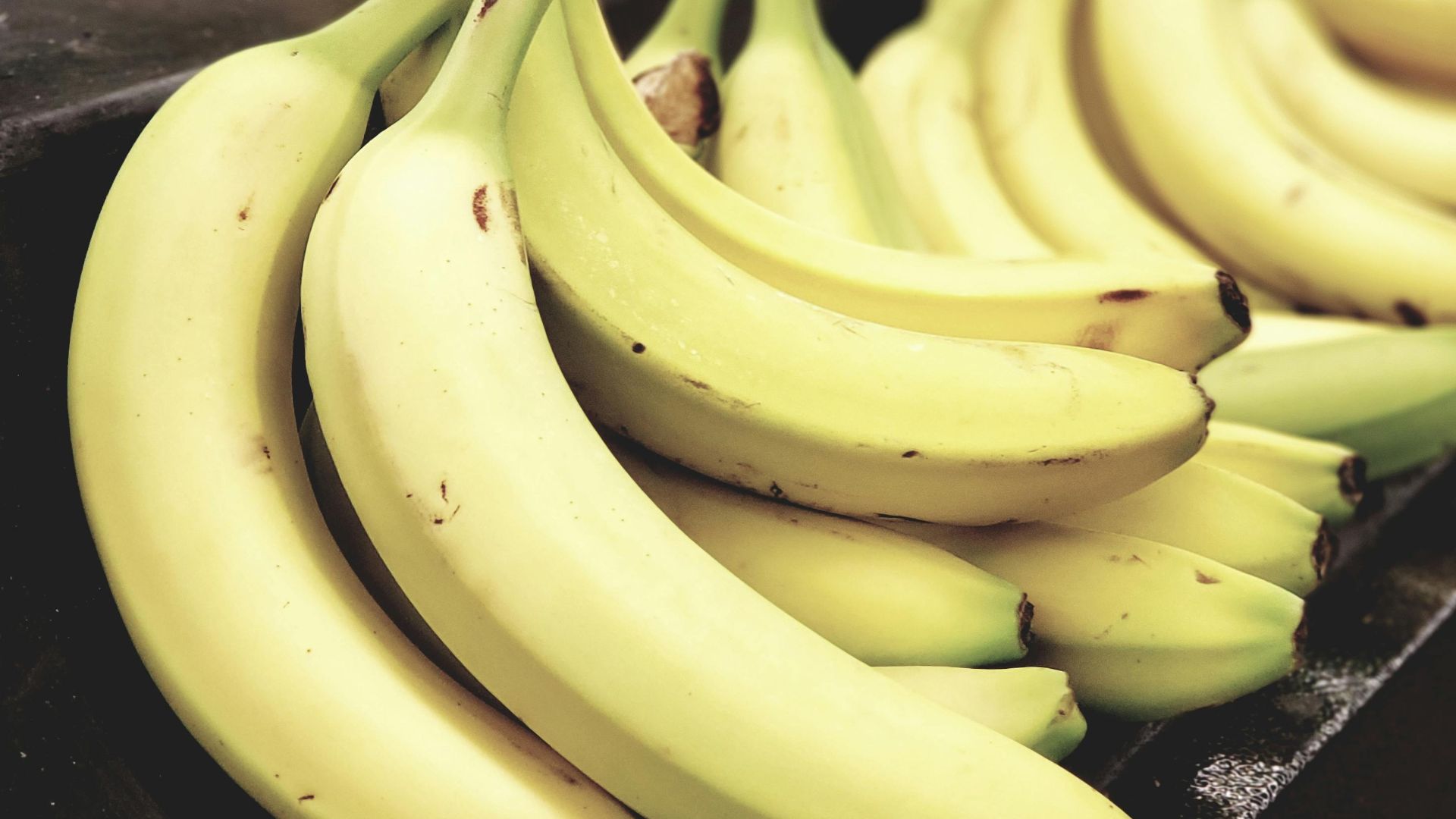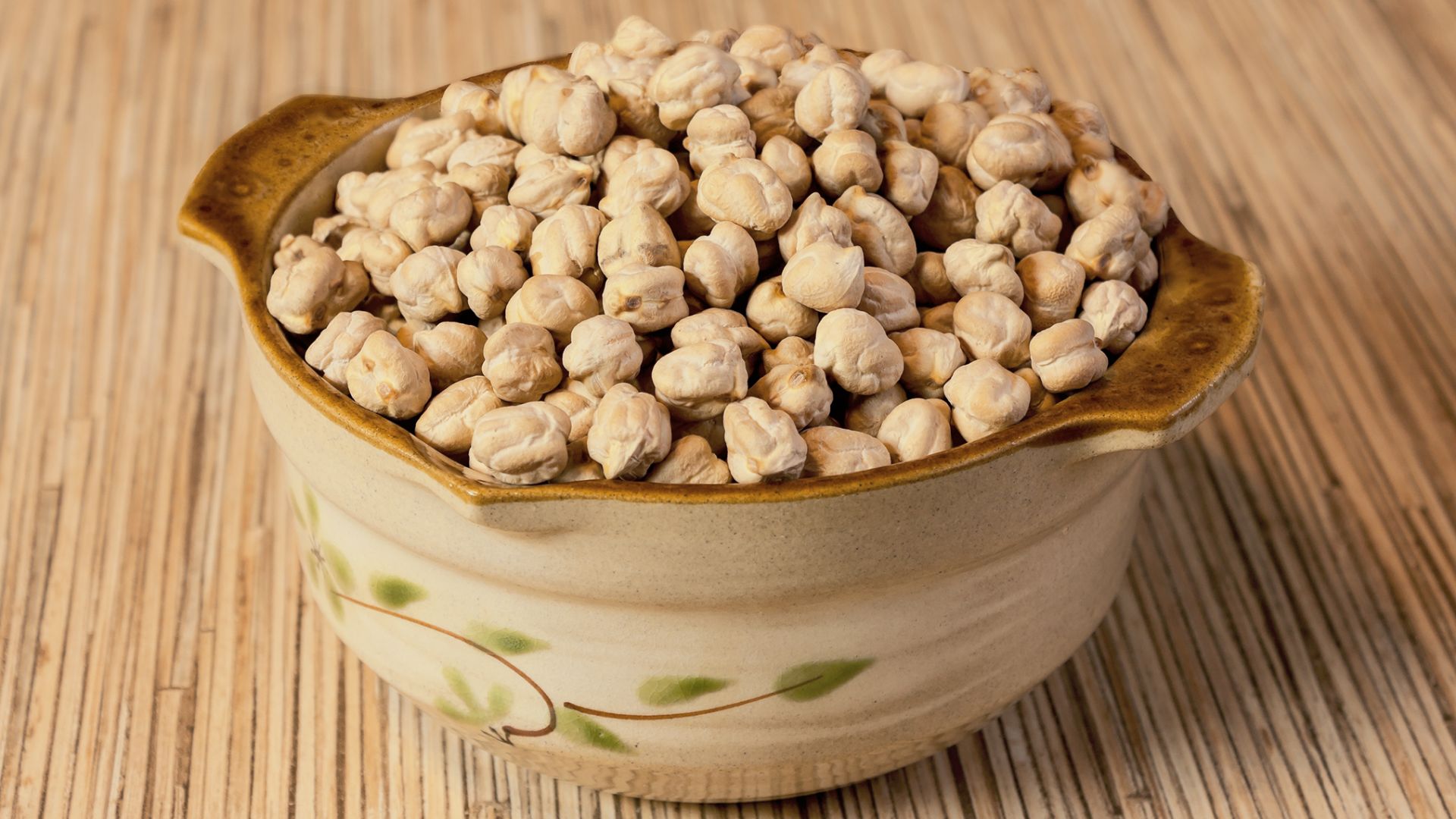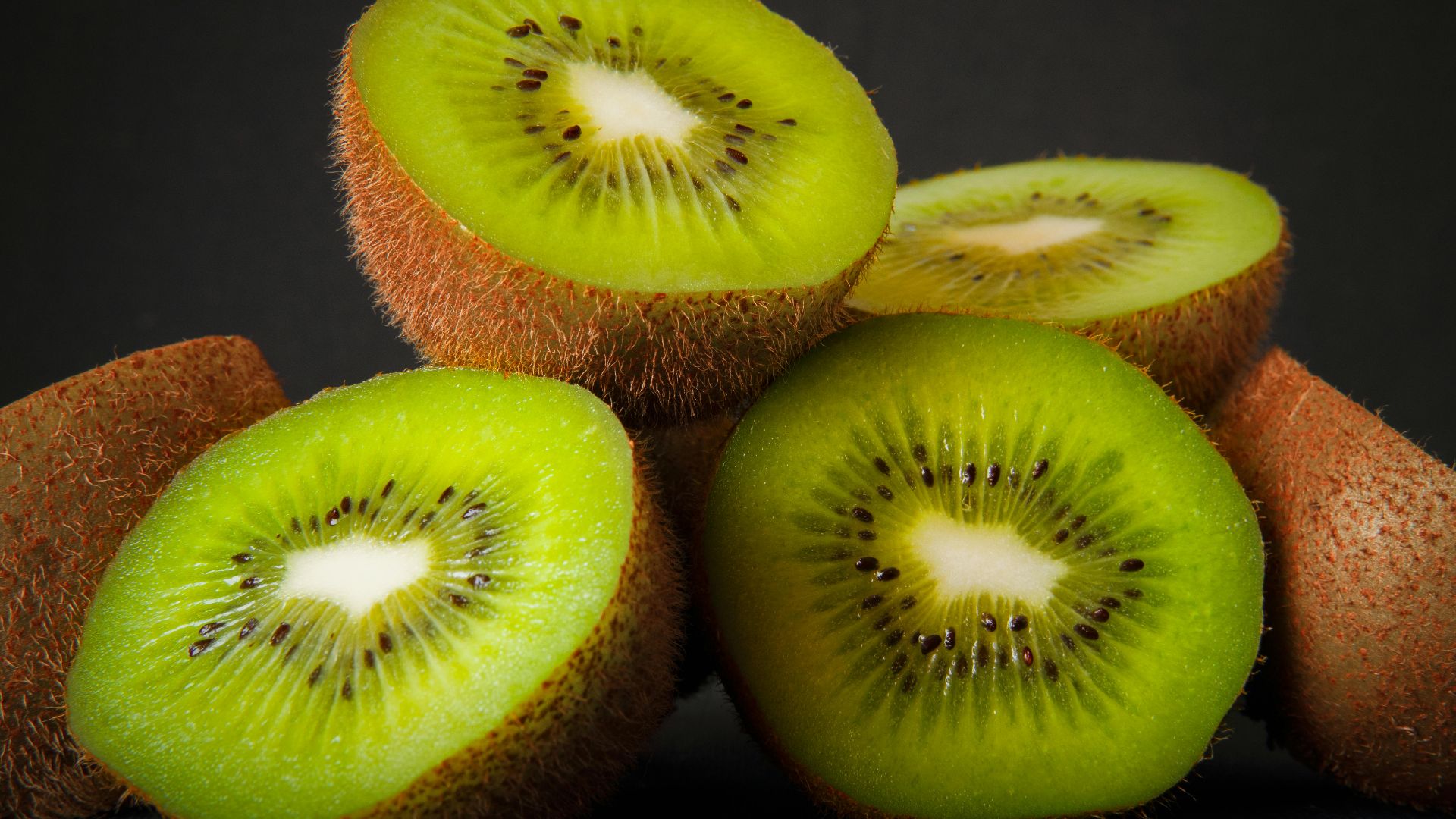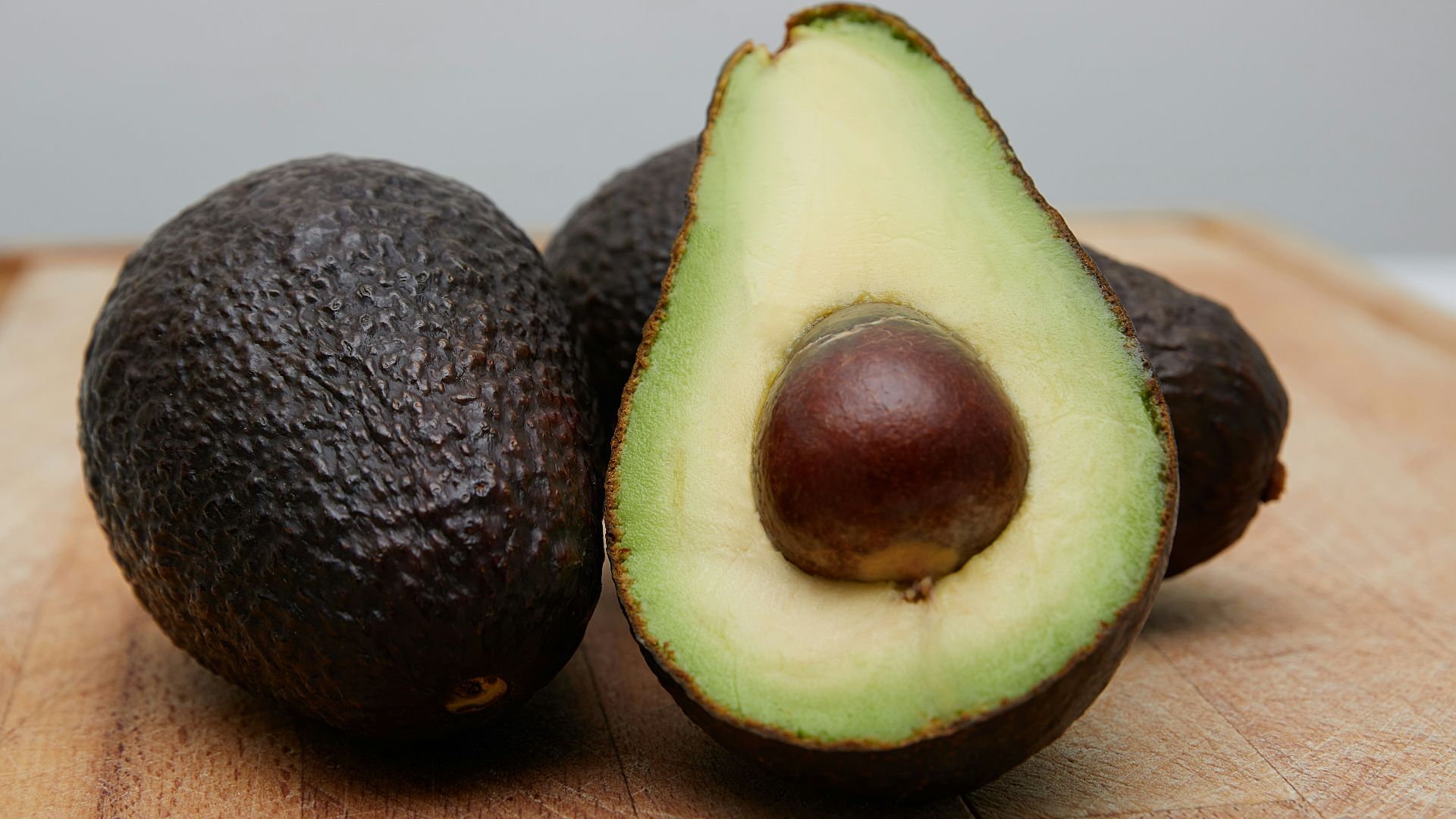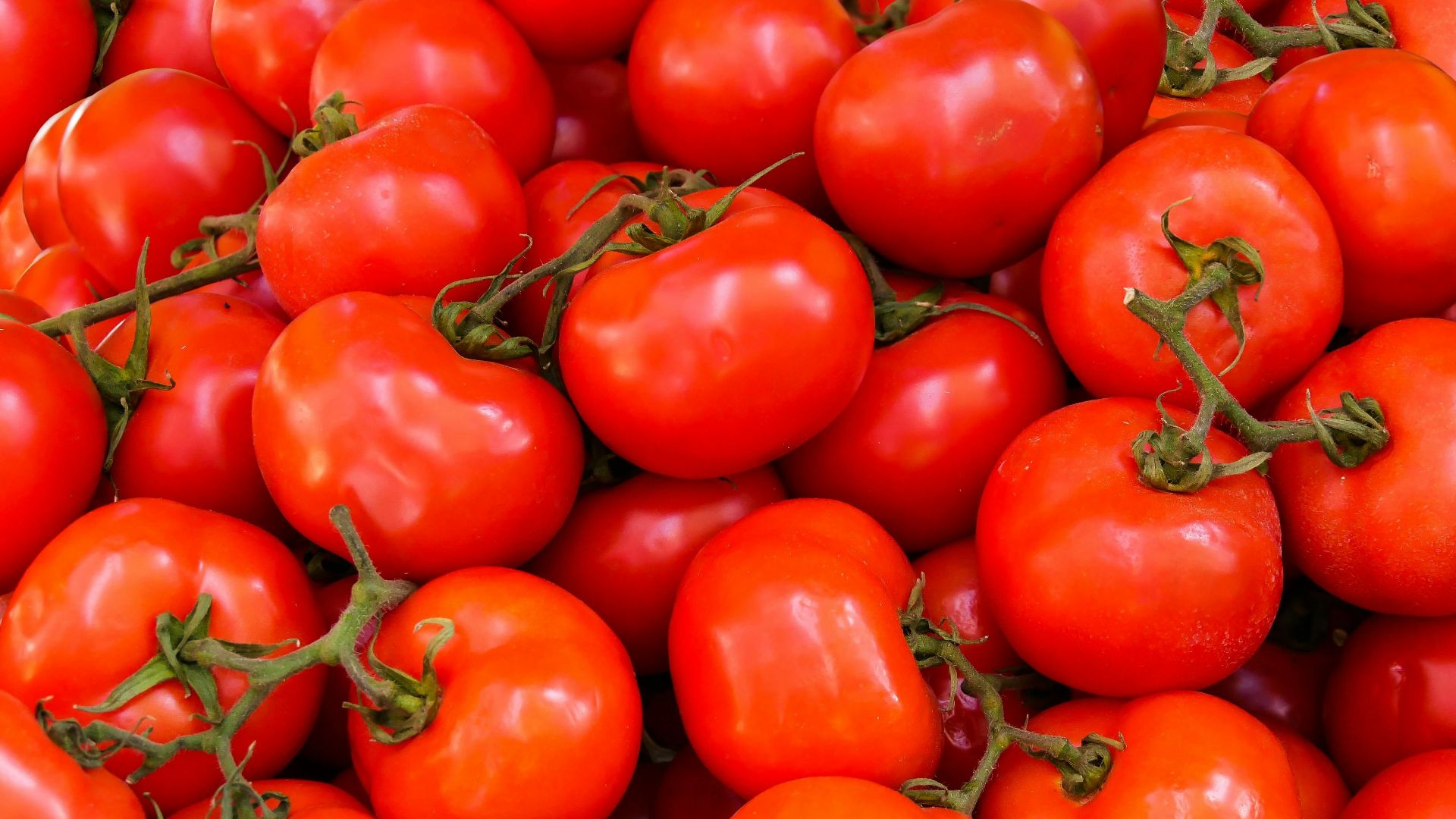The 20 Most Common Food Allergies
A bite of breakfast or a casual snack at a friend's house may feel normal for a person. However, for millions, these everyday moments come with risk. Food allergies affect children and adults alike, often with little warning and lasting impact. While some reactions are immediate and intense, others take hours to appear, masked as something else entirely. Among allergies, there are those that dominate the spotlight, and as you read on, you’ll find 20 of them.
 Photo By: Kaboompics.com on Pexels
Photo By: Kaboompics.com on Pexels
1. Cow’s Milk
Cow’s milk ranks among the top allergens in infants and toddlers. Many outgrow it by age five, but some do not. Check for milk-derived proteins like casein and whey in packaged foods. Even baked items can trigger symptoms. Always verify non-dairy labels, as many still contain milk traces.
2. Eggs
Reactions often stem from egg white proteins, though yolks can also be problematic. Eggs appear in many prepared foods, and some vaccines use egg cultures, raising additional questions. Most affected children outgrow the allergy, which is the second most common in children, by age five.
3. Peanuts
Peanuts, which are not technically nuts but legumes, cause some of the most severe food allergy reactions. Many people never outgrow the allergy, and cross-contact, even airborne exposure, can be enough to trigger symptoms. As a precaution, some schools and airlines maintain peanut-free zones.
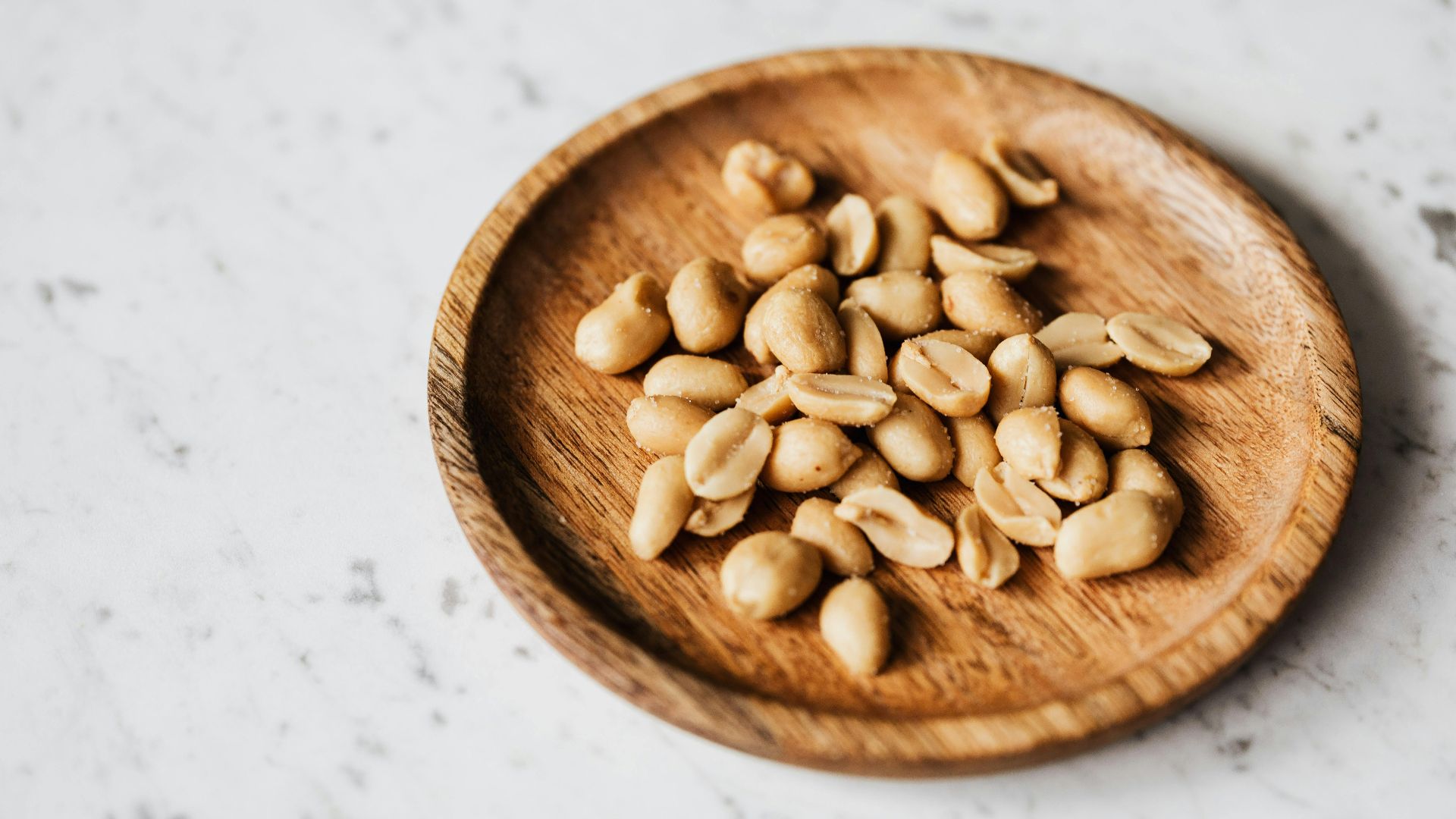 Photo By: Kaboompics.com on Pexels
Photo By: Kaboompics.com on Pexels
4. Tree Nuts
Among the most dangerous allergens, you’ll find tree nuts like cashews and walnuts. The FDA lists nine tree nuts requiring clear labels and also classifies coconut as a tree nut, even though it seldom triggers reactions. Tree nut allergies tend to last for life, and cross-reactions between them happen.
5. Wheat
Wheat is different from celiac disease and gluten sensitivity. It ranks among the top eight allergens in the U.S., and reactions vary from mild to severe. Thankfully, some people outgrow a wheat allergy during early childhood. Check soy sauce, beer, and even cosmetics for hidden wheat.
6. Soy
One of the nine allergens requiring labeling by the FDA is soybeans. Soy allergy is particularly common in young children, and soy lecithin, found in many chocolates and baked goods, adds confusion for those avoiding soy. Obvious sources like tofu and miso are joined by hidden ones like cereal.
7. Shellfish
Among U.S. adults, shellfish allergy is the most common. Shrimp and lobster are the main triggers, and reactions can occur from airborne proteins while cooking. This allergy often starts in school-age years or later. Fish allergies are unrelated—having one doesn’t mean you have the other.
8. Fish
Fish allergy often starts in school-age kids. It’s driven by parvalbumin, a protein that remains stable when cooked. Salmon, tuna, and halibut are frequent culprits. Check medications and candies, too, as some use fish gelatin. Plus, cross-contamination in seafood markets is a serious risk.
9. Sesame
As of 2023, sesame must be clearly labeled as a major allergen in the U.S. Sesame may be visible in foods like bagels or hidden in tahini, and terms like “spices” can obscure it. Its allergy rates are rising, and sesame oil sometimes retains the allergenic protein.
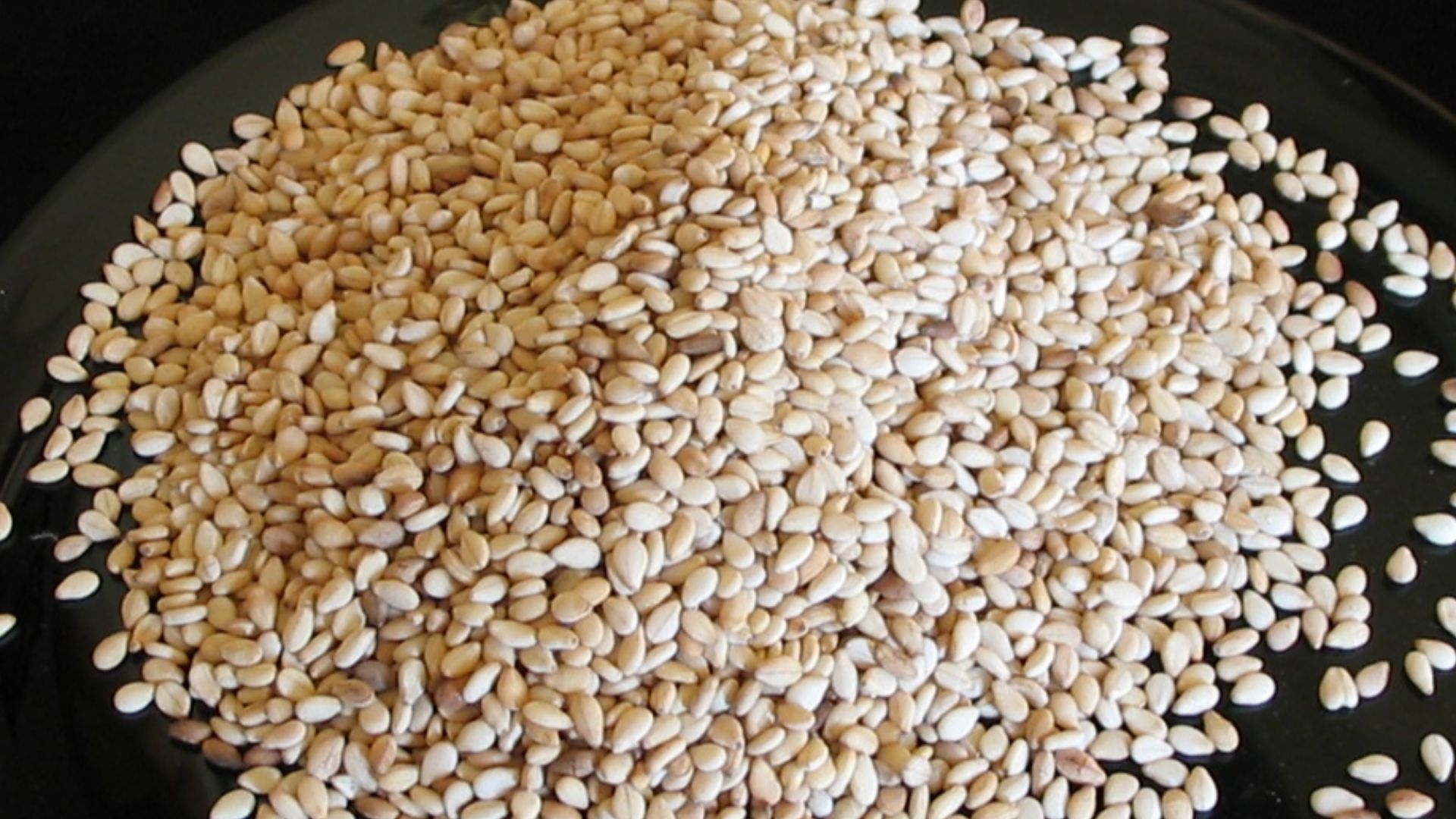 No machine-readable author provided. Ies assumed (based on copyright claims). on Wikimedia
No machine-readable author provided. Ies assumed (based on copyright claims). on Wikimedia
10. Mustard
Classified as one of 14 major allergens in the EU, mustard allergy is notably prevalent in France. It belongs to the same family as broccoli and cabbage. Mustard can cause contact-based reactions, and different forms, including seed, powder, and prepared mustard, can trigger symptoms.
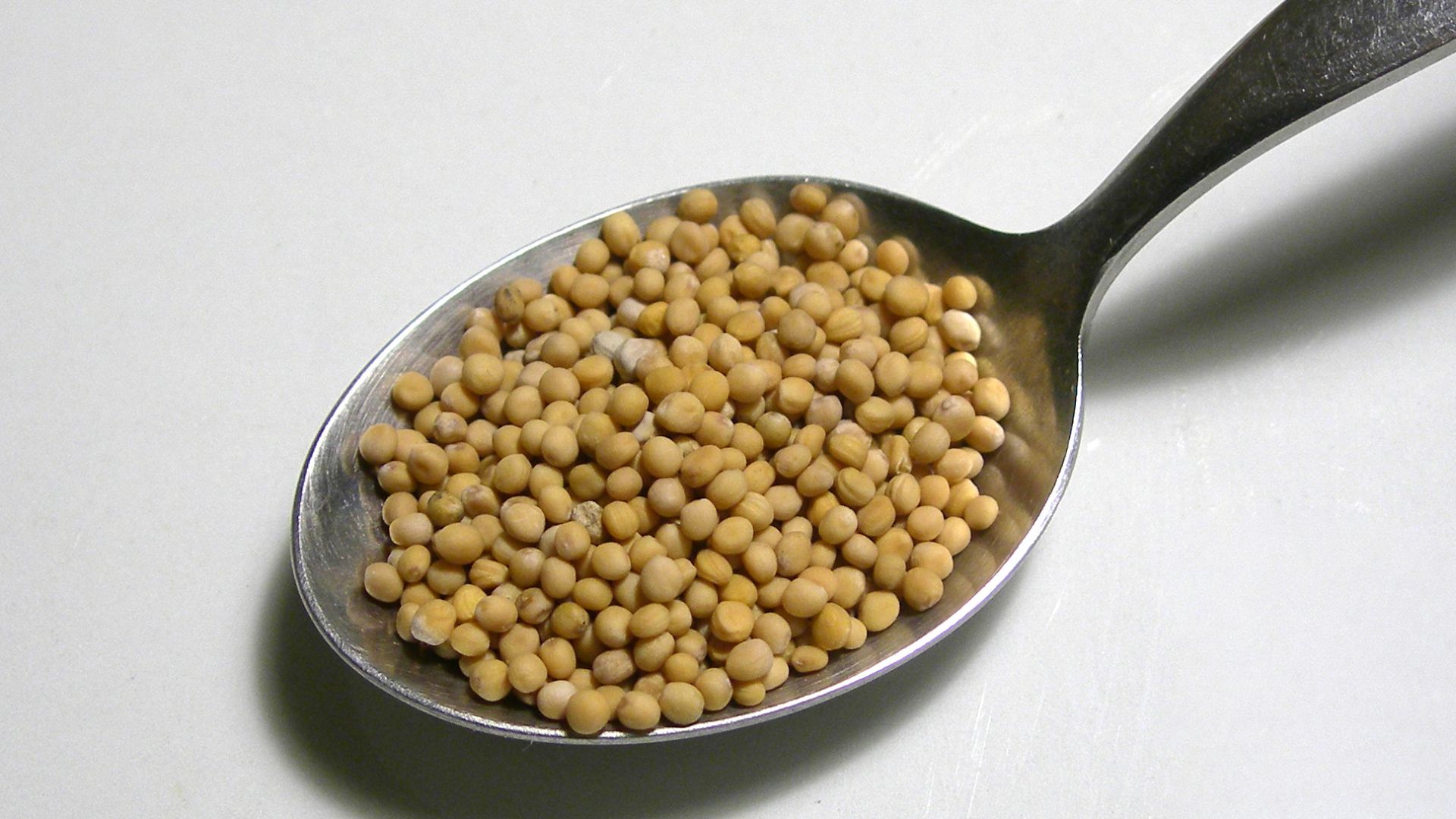 No machine-readable author provided. Rainer Zenz assumed (based on copyright claims). on Wikimedia
No machine-readable author provided. Rainer Zenz assumed (based on copyright claims). on Wikimedia
11. Celery
In countries like France and Spain, celery is classified as a priority allergen due to its severity. Raw celery has a stronger triggering power than cooked, and celery root—or celeriac—is especially potent and used in soups. Cross-reactivity with carrots and parsley is also common.
12. Lupin
Lupin is related to both peanuts and soybeans and is used in gluten-free and vegan foods. Its flour is widely used in European baking. Lupin can cause severe reactions, particularly in those allergic to peanuts. The seeds are also eaten in Mediterranean snacks.
13. Gelatin
Gelatin, made from animal connective tissue and bones, is a known allergen. Individuals with alpha-gal syndrome are particularly susceptible. It is used as a stabilizer in vaccines, including MMR and flu. Being present in foods like gummy candies, yogurt, and wine necessitates cautious scrutiny.
14. Meat
Beef and lamb can trigger this allergy, but unlike most allergies, reactions may occur hours after eating. A meat allergy can arise after a Lone Star tick bite, and the culprit is alpha-gal sugar. Gelatin or dairy can also trigger it. Medications with animal-based ingredients may pose risks, too.
15. Banana
People allergic to latex may react to bananas, too, due to shared proteins. Banana allergy is considered moderate but can become serious, and its chitinase is also found in avocados and kiwis. Cooking bananas can sometimes reduce allergic effects for some. Symptoms include itching and more systemic responses.
16. Chickpeas
Chickpeas, part of the legume family, are related to peanuts and soy. As their popularity grows in foods like hummus and falafel, allergy reports are increasing. Chickpea water (aquafaba) is also used as an egg replacer. If allergic to peas or lentils, chickpeas may trigger symptoms, too.
17. Kiwi
This allergy is associated with latex-fruit and birch pollen syndromes. It appears more frequently in teens and adults, and the fruit’s skin hairs can intensify reactions. Those with it may experience oral symptoms. Golden varieties of kiwi may provoke fewer reactions than the common green type.
18. Mango
Mango contains urushiol, an allergen also found in poison ivy. Reactions often come from touching the peel, not just eating the fruit. In tropical regions, mango allergy is more common, but cases are rising globally. Symptoms may be delayed and look like dermatitis.
 Desirae Hayes-Vitor on Unsplash
Desirae Hayes-Vitor on Unsplash
19. Avocado
Linked to latex allergies, avocados can cause both gastrointestinal and oral symptoms. Cooking doesn’t always remove the allergenic proteins. The reaction may be triggered by contact with the fruit’s skin, pulp, or oil. Avocados are closely related to bay laurel and cinnamon.
20. Tomato
Tomatoes are naturally high in histamines, which may trigger allergy-like symptoms. True tomato allergies involve specific proteins that can cause systemic reactions. The peel and seeds often contain the strongest triggers. Watch out for sun-dried tomatoes—they’re more concentrated and potentially more reactive.
KEEP ON READING






